|
1/25/2016 Downward Dog: Shoulder AlignmentThe second installment of the three-part series on alignment for downward dog, or adho mukha svanasana focuses on the alignment of the arms and shoulders. In order for the weight of the body to be borne on the arms in the pose, the upper arm must be externally rotated so that the scapula can drawn down and held wide on the back body. Strengthening around the shoulder, especially accessing the serratus anterior under the outer shoulder blade is key in maintaining proper shoulder alignment. While the upper arm is externally rotated, the lower arm in internally rotated so that the palms can rest flat on the floor and as the bone sof the arm align, the pose becomes easier to hold.
0 Comments
1/18/2016 Downward Dog: Spinal AlignmentWe have come to one of my favorite lessons I offer each year, a mini-course on the alignment and nuances of downward facing dog or Adho Mukha Svanasana. I look forward to teaching this series because downward facing dog is one of those postures that many teachers assume their students know how to do, the pose is rarely taught in public yoga classes, students are just expected to know how to align the body in this pose which requires open hamstrings, flexible but strong shoulders and knowledge of our own postural habits. This time I will split the course into three weeks of classes, spinal, shoulder, and pelvic and leg alignment. For our first session, we will work with core position and strength which will help us learn to feel when the spine is neutral, arched like in cow, or rounded like in cat. This is doubly helpful in down dog because it helps hyper-mobile people to prevent overarching the spine and hyper-flexion of the shoulders. For those with less flexible bodies, this proprioceptive sense of neutral encourages the lengthening of the lower abdomen and extension of the upper thoracic so that the spine creates one half of the inverted V that makes up downward facing dog.
Dr. Martin Luther King Jr was a teacher, activist, father, husband, minister, nobel prize winner, author, and humanitarian who believed strongly in the first two observances of yoga, non-violence (ahimsa), and truth (satya). He was a warrior for peace who fought tirelessly to ensure that people of color were given their inalienable rights to life, liberty and the pursuit of happiness as guaranteed in the constitution. We dedicate the fruits of our practice today to honor his life and death, and to cultivate these same qualities within ourselves. A reminder to approach every human interaction as with the beloved, even when faced with someone who does not share your gender, ethnicity, religion, socioeconomic status, or sexual orientation. As you move through your days remember to treat one another with acceptance rather than fear; with love rather than hate, with justice rather than injustice, with peacefulness rather than violence, with unity rather than division, and with compassion rather than indifference.
|
Index:Archives:
September 2022
I attend Cheryl's class regularly and feel that my practice has improved immensely over the past few years due to her expert coaching. Her teaching style is clear and compassionate and her previous experience in teaching adults is evident in her organized approach and easy to understand instructions. I also appreciate that Cheryl not only teaches us about how to correctly position ourselves, but also touches on many aspects of yoga philosophy, which in turn has deepened my personal practice and heightened my awareness of the connection between mind and body, breath and relaxation. |

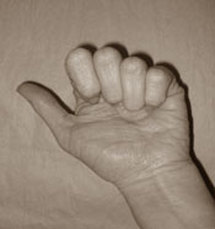
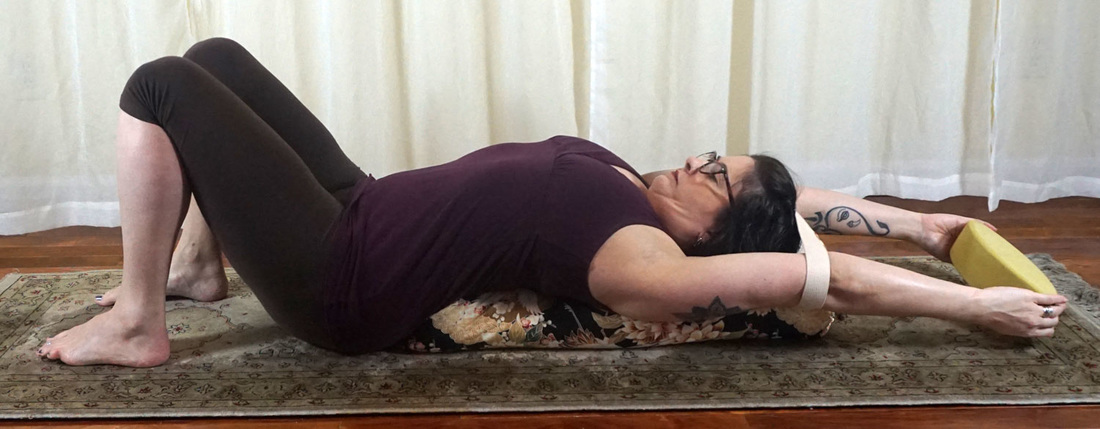


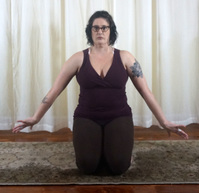
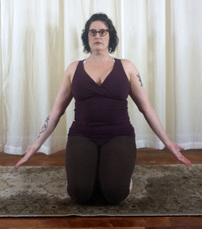

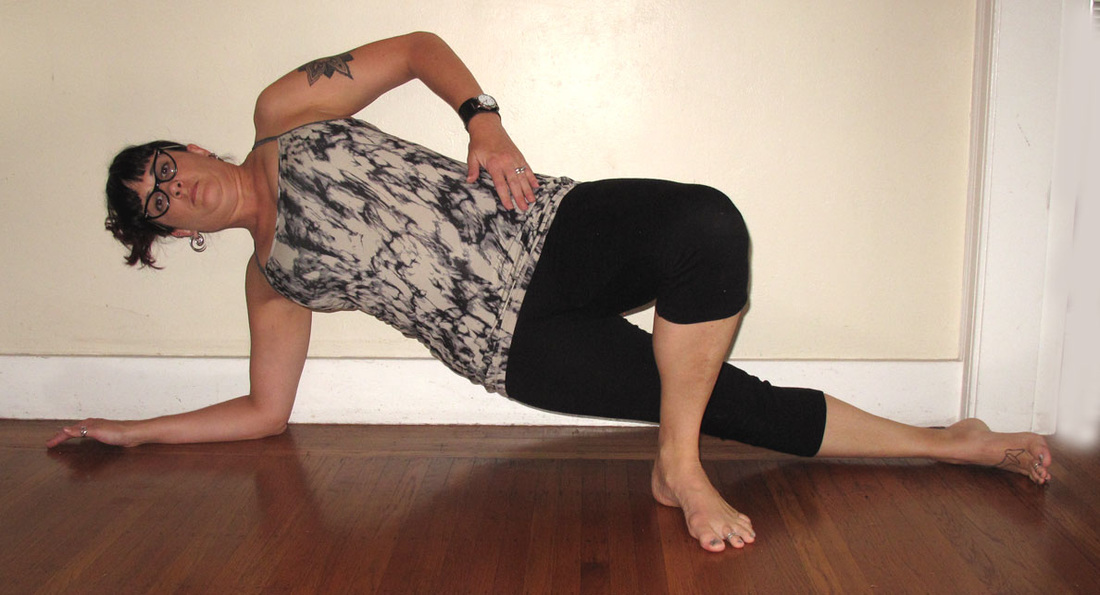
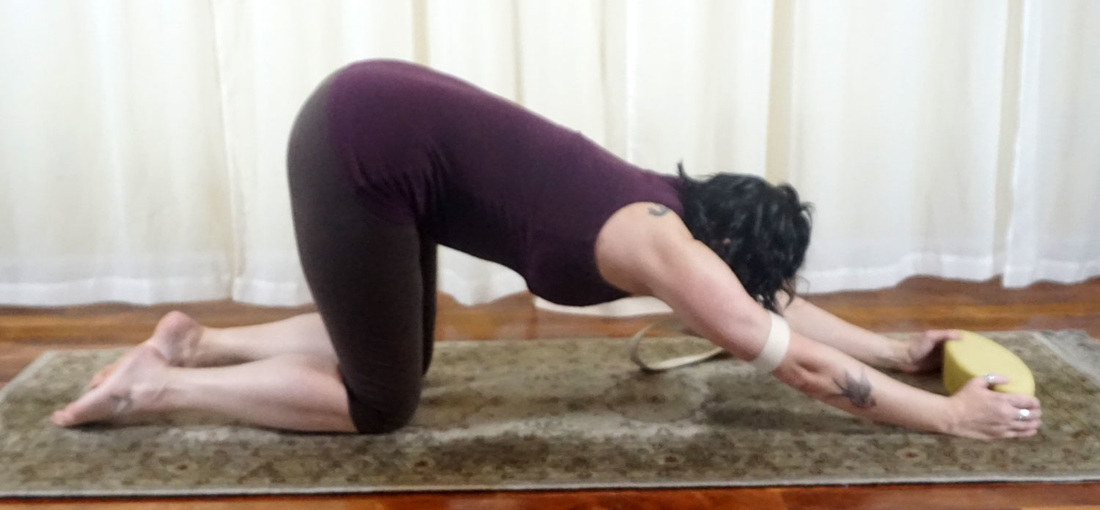



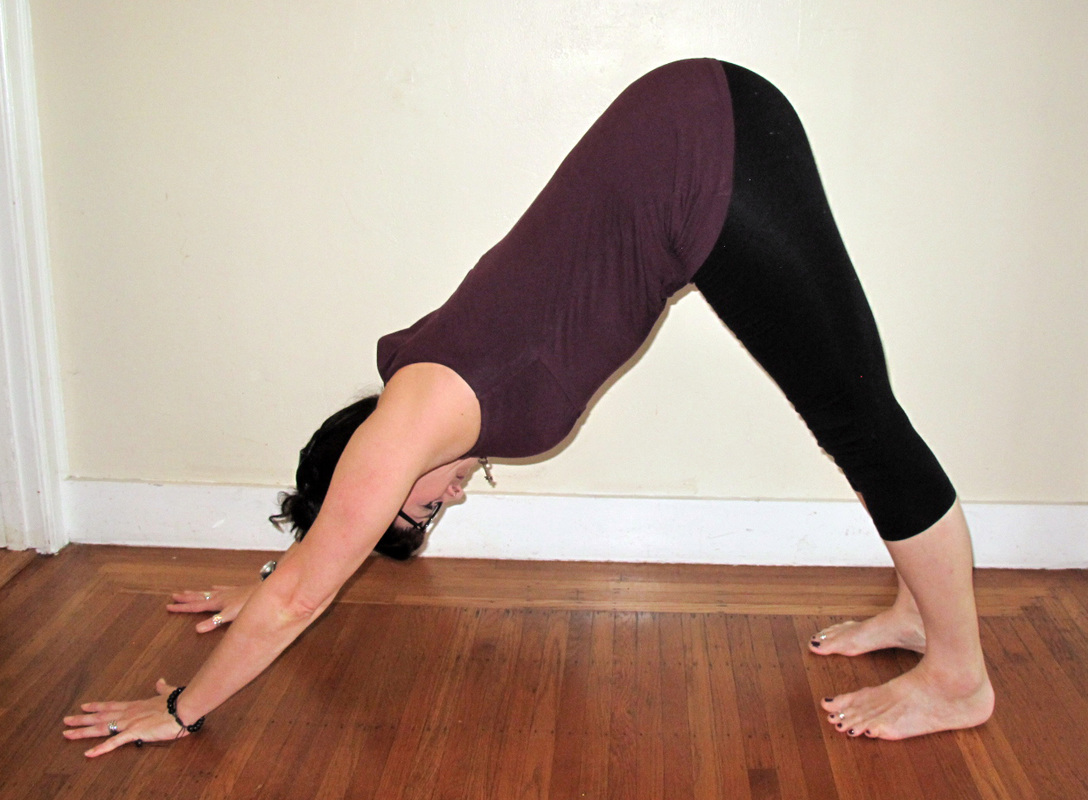



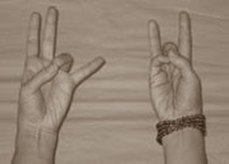
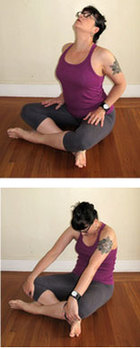
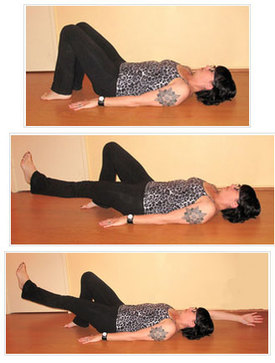
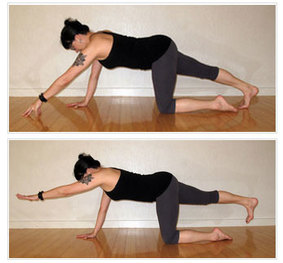


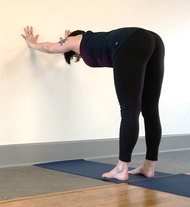
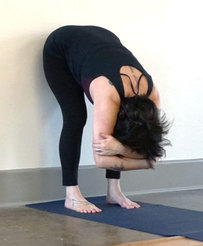
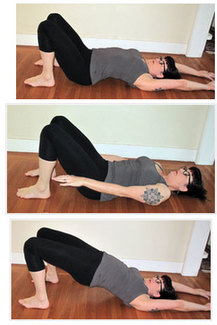

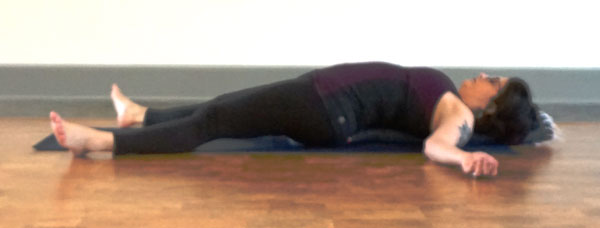



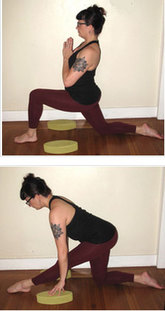
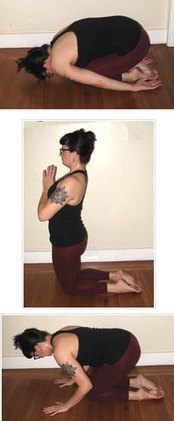
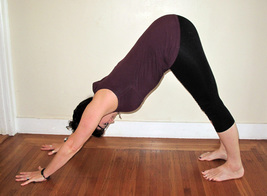




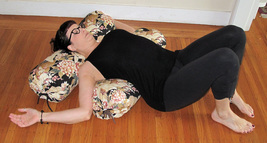
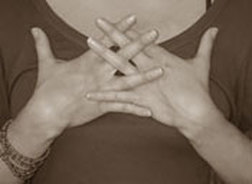
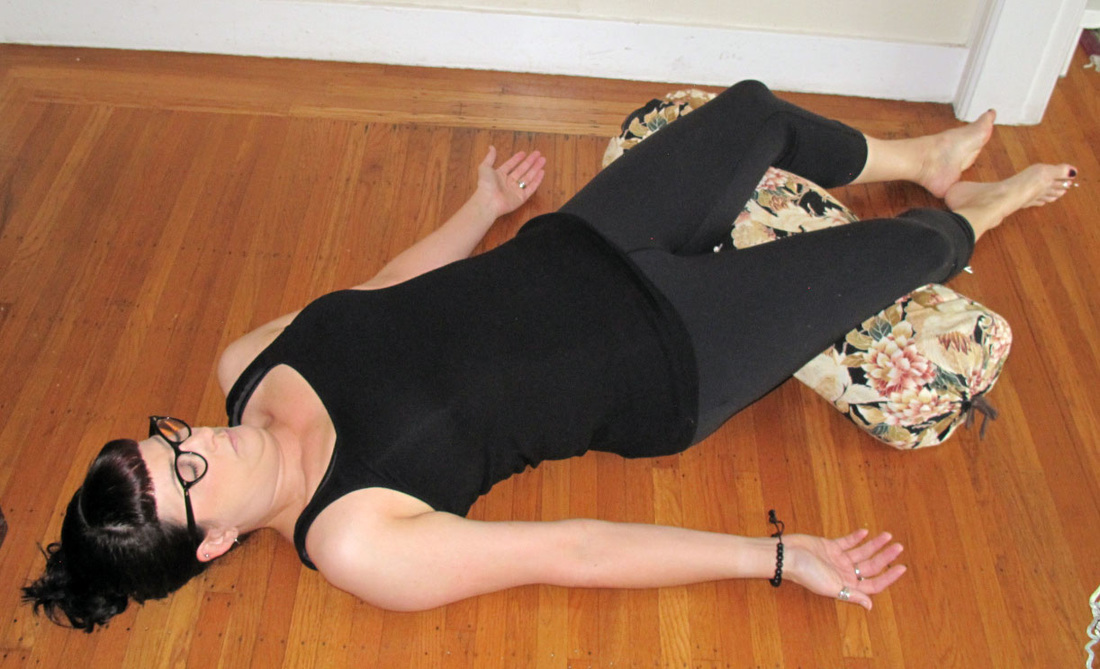
 RSS Feed
RSS Feed
